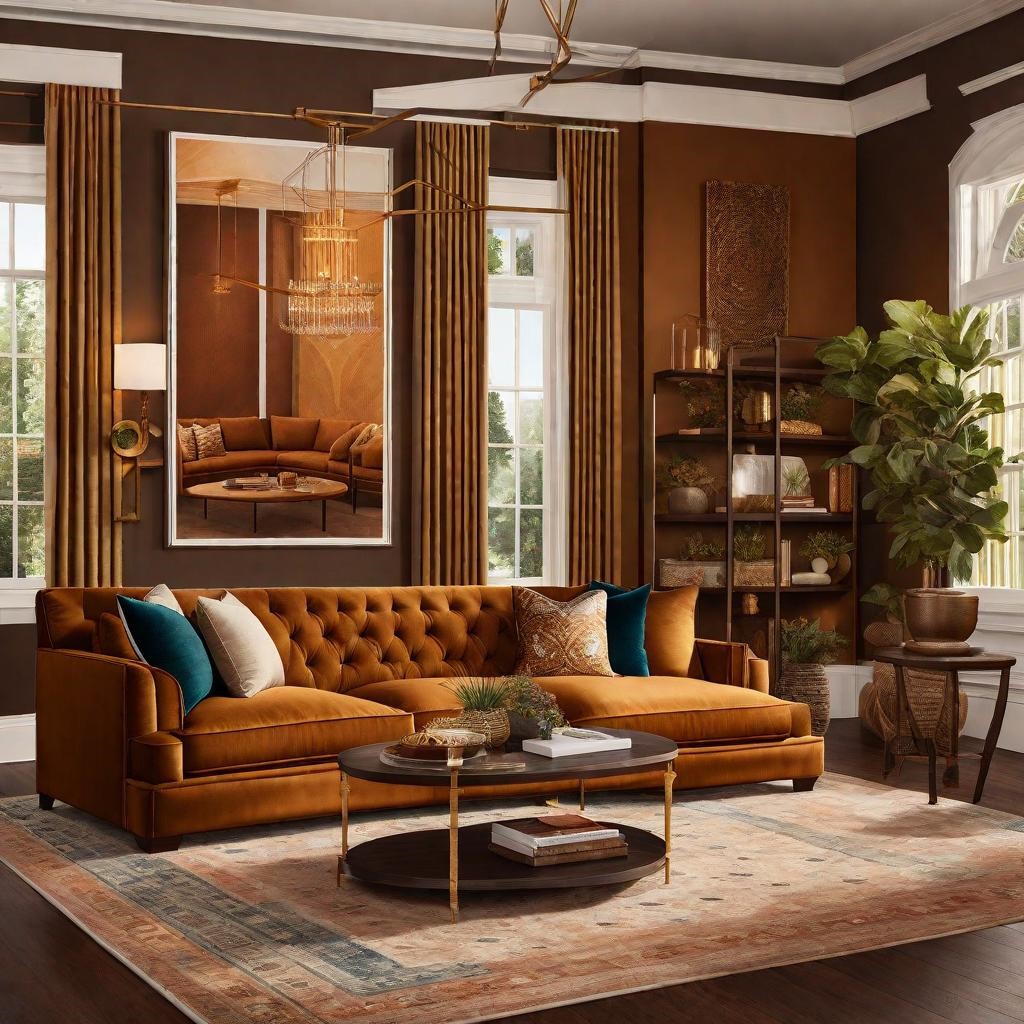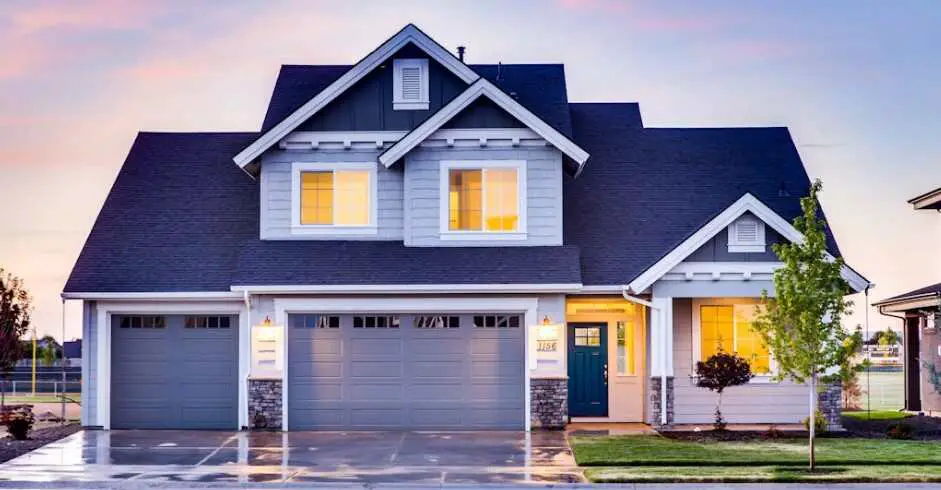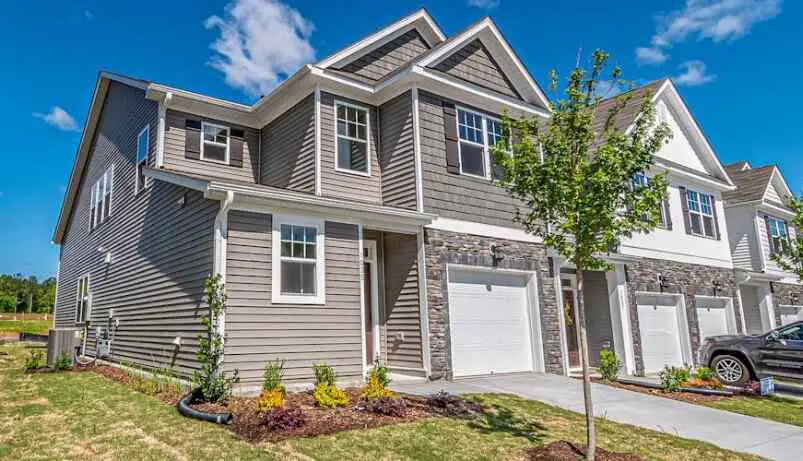Interior design has undergone a revolution in recent years, thanks to advancements in technology. One of the most powerful tools in this transformation is photorealistic rendering. This technique brings designs to life by bridging the gap between imagination and reality, allowing designers to create stunning visuals that accurately represent their vision.
In this blog post, we will explore the power of photorealistic rendering in interior design, its benefits, and how to implement it effectively.
Before we delve into the intricacies of photorealistic rendering, let’s first define what it means. Photorealistic rendering is a technique used to create highly realistic and lifelike images of interior spaces. It involves the use of computer software to generate visuals that mimic real-world materials, lighting conditions, and textures.
By employing this technique, designers can create virtual representations of their designs almost indistinguishable from photographs.
Photorealistic rendering offers a plethora of benefits for interior designers. First, it allows them to visualize their concepts with precision. Instead of relying solely on 2D drawings or sketches, designers can now create immersive and realistic 3D rendering Services that accurately showcase their ideas.
This enhanced visual representation enables clients to better understand the proposed design, leading to enhanced communication and fewer misunderstandings.
Secondly, photorealistic rendering facilitates the creation of realistic materials and finished representations. Designers can experiment with different materials, textures, and finishes in a virtual environment, allowing them to accurately convey their intentions.
This level of detail helps clients make informed decisions regarding the selection of materials, ensuring that the outcome aligns with their expectations.
Lastly, photorealistic rendering saves both time and money. Virtualization eliminates the need for traditional prototyping, which can be time-consuming and expensive.
Designers can iterate and make changes rapidly within the virtual environment, resulting in a more efficient design process. Furthermore, by streamlining the decision-making process and minimizing design errors, the costs associated with modifications and revisions are significantly reduced.
The Power of Photorealistic Rendering
To grasp the potential of photorealistic rendering in interior design, it is essential to understand what distinguishes it from other rendering techniques. Photorealism aims to recreate the visual characteristics of a real-world scene as accurately as possible. In the realm of interior design, achieving photorealism involves meticulous attention to detail and a focus on lighting and texture.
Lighting plays a crucial role in photorealistic rendering. By accurately simulating natural and artificial lighting conditions, designers can evoke the desired mood and ambiance. Whether it’s the warmth of a cozy living room or the crisp illumination of a modern office space, lighting can enhance the realism of a rendering and create a captivating visual experience.
Texture is another vital element in photorealistic rendering. From a brick wall’s roughness to a marble countertop’s smoothness, every surface should be rendered with meticulous accuracy. This attention to texture adds depth and richness to the visuals, making them more lifelike.
Communicating Design Ideas Effectively
Photorealistic rendering enables designers to transcend the limitations of traditional 2D representations and immerse clients in a lifelike environment. By using photorealistic renderings, clients can virtually walk through a proposed space, exploring every detail and dimension. This immersive experience allows them to visualize the design concepts with unparalleled precision.
With photorealistic rendering, designers can recreate a wide range of materials and finishes with astonishing accuracy. Clients can see how different materials, such as wood, metal, or glass, will look in their space before making any final decisions. This level of realism empowers clients to make confident choices and ensures that the final design meets their expectations.
One of the most significant advantages of photorealistic rendering is the ability to accurately represent proportions and spatial relationships. Clients can get a true sense of the room’s dimensions, furniture placement, and overall layout. This clarity helps them understand how the space will function and how it will flow, contributing to an improved decision-making process.
Saving Time and Costs
Time is of the essence in any design project, and photorealistic rendering can significantly expedite the process. By creating virtual representations of the design, designers can iterate and make changes without the need for physical prototypes or mock-ups.
This eliminates the time-consuming process of physically building and modifying models, allowing designers to focus on refining their ideas and perfecting the design.
One of the most time-consuming aspects of the design process is decision-making. With photorealistic rendering, designers can present multiple design options quickly and easily.
Clients can see different possibilities and make informed decisions based on their preferences and requirements. This streamlined decision-making process leads to quicker approvals and reduces the time spent on revisions and modifications.
Design errors and modifications can be costly, both in terms of time and money. Photorealistic rendering minimizes the risk of such errors by providing a highly detailed and accurate representation of the design.
Clients can pinpoint any potential issues or areas of concern early in the process, allowing designers to address them before construction or installation begins. By avoiding costly errors and modifications, photorealistic rendering helps keep projects on budget and schedule.
Implementing Photorealistic Rendering Techniques
Implementing photorealistic rendering requires the right tools and software. Fortunately, there is a wide range of user-friendly rendering software available that caters to various skill levels and budgets.
Some popular options include V-Ray, Lumion, and Enscape. These software programs provide designers with the necessary tools and functionalities to create stunning photorealistic renderings.
To excel in photorealistic rendering, designers should have a solid foundation in 3D modeling. Understanding the principles of 3D modeling allows designers to create accurate architectural models and furniture pieces.
Furthermore, it enables them to manipulate and modify these models within the virtual environment, bringing their designs to life.
Mastering textures, lighting, and rendering parameters is essential for creating compelling photorealistic renderings. Experimenting with different textures—such as rough, smooth, glossy, or matte—can add depth and realism to the visuals.
Additionally, understanding how lighting affects the mood and atmosphere of a space allows designers to create captivating renderings. Finally, adjusting rendering parameters, such as quality and resolution, ensures the final output is of the highest standard.
Capturing and Importing Design Elements
To achieve accurate and realistic renderings, designers need high-quality images of design elements, such as materials, furniture, and decor items. Photographing these elements with professional equipment ensures that the textures and details are captured faithfully.
High-resolution images provide designers with the necessary level of detail to create convincing and visually stunning renderings.
For existing spaces or designs that include physical elements, digitizing these surfaces and furniture is essential. This can be done through 3D scanning, an increasingly accessible technology that allows designers to create digital replicas of physical objects.
By digitizing these elements, designers can seamlessly integrate them into their renderings, giving the visuals a sense of realism and authenticity.
When creating photorealistic renderings, it’s crucial to import digital assets seamlessly. Designers can access a vast library of 3D models, materials, and textures online to enhance their renderings.
Utilizing these assets not only saves time but also ensures that the renderings accurately represent real-world objects. By importing assets intelligently and integrating them seamlessly, designers can elevate the realism of their renderings.
Mastering Composition and Styling
Composition is a fundamental aspect of interior design, and it holds equal importance in photorealistic rendering. Designers must strike a balance between perspective and symmetry to create visually appealing renderings.
By considering the proportions and angles of furniture, lighting fixtures, and architectural elements, designers can achieve harmonious compositions that draw the viewer’s eye into the scene.
Composition principles, such as the rule of thirds and the golden ratio, can be applied in photorealistic rendering to enhance the aesthetics of the visuals.
These principles guide designers in placing elements strategically within the frame, creating a sense of harmony and visual interest. By applying these composition techniques, designers can elevate the overall appeal of their renderings.
Colour plays a vital role in interior design, and it is equally essential in photorealistic rendering. By carefully selecting the right colour palettes and accents, designers can evoke specific emotions and set the desired mood.
Whether it’s a vibrant and energetic colour scheme or a calming and serene ambiance, colour choice can greatly impact the overall aesthetics and appeal of a rendering.
Realizing the Potential of Photorealistic Rendering
Photorealistic rendering has the potential to transform various design styles, ranging from contemporary and minimalist to rustic and industrial, and even classic and luxurious.
By accurately rendering the materials, lighting, and textures specific to each style, designers can showcase their vision and pique the interest of clients.
Whether it’s the clean lines of a modern design or the opulence of a classic interior, photorealistic rendering allows designers to bring their ideas to life.
One of the significant advantages of photorealistic rendering is the ability to customize and personalize designs according to client preferences.
By showcasing different material options and finishes, designers can provide clients with a wide range of choices. Furthermore, the virtual environment allows designers to experiment with various layouts and furniture arrangements, ensuring that the final design aligns perfectly with the client’s vision.
Photorealistic rendering goes beyond aesthetic representation. It also serves as a powerful educational and inspirational tool for clients.
By presenting highly realistic renderings, designers can build trust and confidence, allowing clients to envision the outcome more vividly. Additionally, renderings can help prepare clients for the construction or installation process, ensuring a smooth and seamless transition from virtual to real-world spaces.
Furthermore, by pushing the boundaries of design possibilities, photorealistic rendering can spark creativity and inspire clients to explore new ideas.
Summary
In conclusion, photorealistic rendering has the power to transform interior design by bridging the gap between imagination and reality.
This technique accelerates the design process, enhances communication, and reduces costs. By mastering the tools, composition, and styling techniques discussed, designers can create visually stunning renderings that captivate clients and bring their design ideas to life.
Photorealistic rendering has the potential to transform various design styles, foster customization, and inspire clients to explore new possibilities. It is indeed a game-changer in the world of interior design.
Frequently Asked Questions (FAQs)
Is photorealistic rendering only suitable for high-budget projects?
Photorealistic rendering is not limited to high-budget projects. With the wide availability of user-friendly rendering software and free 3D models, designers on any budget can create stunning photorealistic renderings.
Can photorealistic rendering replace physical samples and prototypes?
While photorealistic rendering provides a highly realistic representation, physical samples and prototypes still have their value. They allow clients to touch and feel materials and examine finishes closely, providing a tactile experience that renderings cannot replicate entirely.
How do I find the right software for implementing photorealistic rendering?
Finding the right software for photorealistic rendering can be overwhelming, given the multitude of options available. Researching and comparing software based on user reviews, features, and compatibility with your design workflow can help you find the perfect fit for your needs.
What are the key factors for creating convincing lighting in photorealistic rendering?
To create convincing lighting, designers need to understand how different light sources, such as natural light or artificial fixtures, interact with the materials in the space. Experimenting with lighting parameters, such as intensity, colour temperature, and shadows, can help achieve a realistic and visually appealing lighting effect.
What are the advantages of using photorealistic rendering in client presentations?
A photorealistic rendering provides clients with a tangible visual representation of the proposed design. This enhances communication and understanding between designers and clients, leading to more accurate feedback and fewer misunderstandings. Additionally, the ability to present multiple design options quickly helps clients make informed decisions and speeds up the presentation process.




